David Palmer
|
Our speaker for May 7 will be Andrew Marriott, a Benalla farmer famous as a breeder and exhibitor of Clydesdale horses.
David Palmer
0 Comments
As I have known our April presenter Rob Williams, a Glenrowan Angus beef breeder, since the 1970's, I knew his presentation was likely to be entertaining and informative if not provocative. With Rob came John Docker, a descendant of the Rev Joseph Docker, who settled at Bontharambo near Wangaratta in 1838. That farm is still owned by the Docker family. Both families have a long history of breeding superior Angus cattle and with pictures, Rob emphasised the importance of producing animals of refined appearance and high fertility. As well, he promoted the proved ability of Angus to produce marbled beef, that compares well with the Wagyu breed's similar ability. With the nutritional quality of much food degraded by over cropping, Rob said eating organic food was the best nutritional path. He highlighted UK consumers eating 24 percent organic compared with just one percent here. Essentials in our diet should be magnesium, selenium and zinc, he said. A passionate collector, Rob also brought along his collection of knives and pens of superior quality. Reflecting on the role of mentoring in his life, he made a plea for us to mentor younger people. Rob also shared recipes - his mother's beef paste and caramel sauce recipes and his own recipe for a wholesome organic 'Green Smoothie'. Rob brought along two versions of 'Green Smoothie' he'd made freshly that morning, nourishing those able to stay for a most enjoyable after class 'tasting'. Our March speaker, John Petschack, crops nearly 1000ha near Dookie, worth about $20,000/ha, growing wheat, canola and faba beans. John's ancestors came to Dookie in 1920 and bought 130ha which he still owns and farms. John and a nephew use about $1.5m worth of equipment and spend about $150,000 a year on seed, fertiliser, herbicides and more recently fungicides to grow their crops. The gross margin is about $1000/ha a year. John said the average size of cropping farms between Albury and Bendigo was about 1000ha with 2000ha farms not uncommon. He said he'd had four bumper wheat crops in the last few years with the best yielding 40 bags/acre or 8t/ha. The 2024 season will get underway next month when he will burn stubbles and direct drill, dry if necessary, the new crops. John said cultivation for his crops was not necessary and they were direct drilled into stubbles. John Petschak, Dookie, guest speaker, Stock and Land, March 2024 Just a reminder that our next Stock and Land is on Tuesday April 2 at 10am. Our speaker will be former Benalla resident and beef producer Rob Williams. He and his family previously ran an Angus stud at Morago on the western edge of Benalla. Rob, now at Glenrowan, consults locally and internationally with beef breeders on desirable genetics for their herds.
He is also keenly interested in quality food (for humans) and will speak about it and even process some for our consumption in the U3A kitchen on April 2. Access eatwild.com for an introduction. David Palmer Our speaker for Stock and Land on Tuesday 5 March at 10 am will be Dookie cropping expert John Petschak. His family have more than a century’s history in the area.
David Palmer At our first session on Tuesday 6 January, fifth-generation Baddaginnie farmer Rodney Cook took us through his extensive family history in the area dating back to the 1870s, as well as his farming experiences. In the 1870s and 1880s, Ned Kelly used to regularly “borrow” a grey horse from their farmyard and return it some time later. About four famous sportsmen have hailed from Baddaginnie including cricketer Merv Hughes, whose father taught at the school. Rodney initiated a farm based sheep insemination program, inseminating his flock in the 1980s using rams borrowed from the Australian Merino Society. He achieved an acceptable 64 percent conception rate and huge increases in wool and sheep quality. The superior genes meant fibre diameter of their wool dropped two microns, worth about an extra $1per micron per kilogram. Rodney said that led to his best wool auction price yet of 1970c/kg a few years ago and although the auction market has since sagged somewhat, he has vowed to keep going until he gains 2000c/kg. Our speaker for Stock and Land on Tuesday March 5 at 10am will be Dookie cropping expert John Petschak. His family have more than a century’s history in the area.
David Palmer In early December we joined with the Sustainability group to look at the work of Gretals Australia Pty Ltd’s work in commercialising the pharmaceutical benefits of certain types of eucalyptus leaves. Chairman, MD and CEO of Gretals, Alistair Cumming, initially showed us their eucalyptus leaf processing plant in Benalla, before taking us to Gretals’ farm at Lurg. There the company is assessing various irrigated eucalyptus lines, with the aim of discovering leaves which produce compounds applicable to human cognitive and respiratory health, neuro degenerative diseases, animal health applications and substances which might counter antibiotic resistance. The company has already discovered promising species and aims in a few years to list on the New York stock exchange.
At 10 am on Tuesday February 6, our speaker will be Rodney Cook, a fifth-generation beef, sheep and cropping farmer from Baddagginie. David Palmer Our next meeting in two weeks time, at 10am on December 5, will in the hands of Alistair Cumming who is growing a little known variety of medicinal eucalyptus. We will meet at the Senior Citizens building and then travel to Alistair’s factory in Benalla and later his farm. It will be a joint meeting/excursion with U3A’s Sustainability group.
David Palmer Five of our group travelled to Dom and Joanne Bayard's Goorambat farm in early October to see their facilities for collecting cattle embryos and semen. As well as their own Wagyu cattle, they hold cattle for several overseas owners including one in Switzerland who has about 50 cattle on the Goorambat farm. Other Wagyu females, selected for maximum marbling, are owned by an American. Embryos and semen are stored in at least a dozen liquid nitrogen containers, potentially almost indefinitely. One lot of semen there is valued at $60,000 a dose although semen from the Bayard's bulls is a more reasonable $500 a dose. There will be no session on Cup Day, however we will meet again on Tuesday 5th December. Keep an eye out for details in your email box and in the December Newsletter.
David Palmer Dennis O'Connor of Mistletoe Limousins, Greta South, talked about his three decades of breeding Limousin cattle and until 2005, combining it with a teaching career. He said when he began with the breed, Limousin were renowned for being a bit wild and flighty. Nowadays they are much easier to handle and at Mistletoe they are rated with a docility score. Dennis joins their 70 breeders to about 20 bulls accessed by semen from breeders all over the world. But he is suspicious of some overseas bulls which have poor legs and feet and could not easily cover the distances necessary on many Australian farms. A high point in 30 year's breeding, was in April when Dennis and wife Pam's Mistletoe Sweet Cake, was supreme exhibit at the Limousin National Show and sale at Holbrook. Another high point in the O'Connor family life, was when Dennis and his three sons, demonstrated whip cracking at the opening ceremony of the 2000 Olympic Games in Sydney. Dennis gave us a modest demonstration of that when he cracked a whip inside the U3A room. For the next Stock and Land on Tuesday October 3, we will visit Dom and Joanne Bayard's Global Reproduction Solutions Wagyu Beef genetics farm, at 256 Peck Road, Goorambat. Dom spoke to the group in Benalla in April and invited us to visit the farm. Details of the visit will be emailed to participants in late September.
David Palmer Luke Marple, a local farmer and manager of stock and station agent Nutrien Harcourts in Benalla, spoke of the current good season, high and low livestock and land prices and the difficulty and ease of doing business during Covid. Selling lifestyle farms during Covid, Luke would film properties on his phone and forward the result to interested people, mostly city dwellers. They would often respond immediately with a contract request and then almost straightaway send back the completed contract and 10 per cent deposit. His best sale was a 35-acre block of rock which quickly sold for $10,000 an acre. Luke said the October 2022 flood on his 500-acre Broken River frontage farm, was worse than 1993. But he said one of the major benefits for a sheep producer, was the death by drowning of hundreds of foxes. Unfortunately, all platypuses seemed to drown too. Luke Marple Our next speaker on Tuesday September 4 will be Dennis O'Connor, principal of Mistletoe Limousin, Greta South. This year marks Dennis's 30th anniversary of breeding Limousin cattle. A highlight of that period has been moving from a predominantly horned stud to one that is predominantly polled.
David Palmer David Burness, a lifestyle farmer on 15 acres at Tatong, took us through his 24 years working in a SA bank, followed by five years for an Adelaide law firm and 14 years working for Deakin University in Brisbane, before buying his Tatong farm in 2007. But before he went to live on the farm, he married an eastern Russian called Maria, when friends told him couldn't farm without a wife. But no regrets on either front, because she has taken him to visit numerous relatives around Vladivostock, which while experiencing a vastly different culture, he has enjoyed greatly. David initially bought for the farm, a couple of Square Meater beef cattle, a Murray Grey derivative. But they ended up with 13 head on the property which he allowed was a little over stocked. That included bulls Thunder and Hoover, one of whom lifted him over a high fence with David's shoulders subsequently requiring surgery. Now only a couple of Alpacas remain to supply fibre for Maria's spinning needs. In the second hour, a first for Stock and Land and rather out of left field, David reflecting on his Deakin days, engaged us in an 80 question learning styles questionnaire, to psychologically evaluate whether we were activists, reflectors, theorists or pragmatists. I and a couple of others were definitely rated as pragmatists. David Burness Our guest speaker on Tuesday 1 August at 10am is Luke Marple, local farmer and stock and station agent.
David Palmer Libby Skilbeck, our June speaker, grew up in Melbourne but fell in love with farming through a Leongatha fruitgrower uncle, on whose farm she spent holidays. So on leaving school she went to Marcus Oldham agricultural college and studied horse business management. Subsequently she married a fellow student and they managed dairy, sheep and beef farms. The sheep farm was in central Tasmania. Libby said it was difficult to adjust to socially, because on the rural people front, there were only land owners and workers. The two did not interact socially. But they stayed on the farm for five years. Subsequently they bought a 200 acre farm near Goomalibee where they initially raised Angus bulls for a nearby stud and now produce their own. Libby talked about succession planning and said two of their four children seemed interested in farm living. Her youngest son works happily at the Peechelba feedlot and her daughter, initially city centric, has developed a love for country life through attending weekend schools for young cattle people. Libby Skilbeck On July 4th at 10 am David Burness will talk about being a novice farmer, transitioning from city life to rural living near Thoona.
David Palmer This month eight of us visited Peter Holmes' sheep farm off the Benalla to Badaginnie road. Peter runs about 3200 Merino ewes producing about 4000 lambs annually. A superior NZ made sheep handler places individual sheep to be weighed or rotated to almost any position for treatment like drenching, ear tagging or dagging. That makes handling of even the biggest sheep not at all exhausting. Similarly, he has equipped his shearing shed with air conditioning for shearers and wool handlers, which is pretty unusual. When Peter asked a shearer what he thought of the aircon, the reply was, “About time”. We also saw a pretty new 12.5mm a turn centre pivot irrigation system, which draws water from a hole which yielded 100,000 cubic metres of gravel when the Hume Freeway was duplicated. A seasonal pumping licence enables Peter to pump into the dam from the adjacent Four Mile Creek.
Libby Skilbeck, cattle manager at Alpine Angus at Porepunkah, will be our next speaker on Tuesday June 6 at 10am in Classroom 1. David Goorambat Wagyu's Dom Bayard talked us through some pretty complicated in vitro cattle breeding techniques at our April meeting. 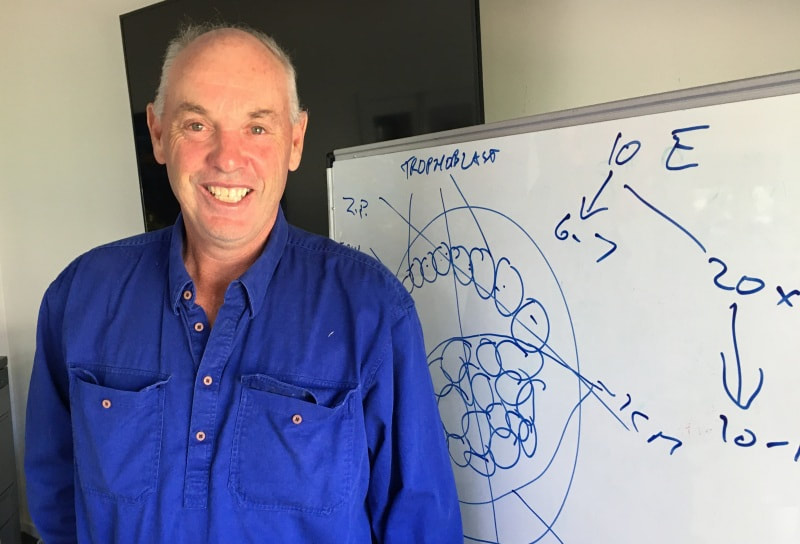 Trading as Global Reproduction Systems, Dom and wife Joanne, produce embryos from their own Wagyu cattle and brought in beef and dairy females and bulls, which they implant into cows on the farm, or freeze and sell locally and around the world. In fact, they sold so many embryos to China alone, with Dom visiting the country about a dozen times, that they were able to buy their Goorambat farm. Since the advent of lifetime ruler Xi Jinping, that market has completely stopped though. The Bayards run about 350 of their own high end Wagyus on the 400ha Goorambat farm. Our next Stock and Land session will be on Tuesday, May 2 at 10 am at the property of Benalla sheep farmer and irrigator Peter Holmes. Peter has suggested that we meet on his farm about 9k from Benalla as he has a number of interesting things to show us. We will meet at the U3A car park at 9.30am next Tuesday and proceed to the farm from there. If you will need, or can provide transport, let me know beforehand or on Tuesday. (Phone or SMS 0408 470 468) David Palmer Our planned speaker was facing some urgent health problems with his sheep and was unable to attend our March session. ‘Spray Drift’ became the topic for the day, with concerned farmers and agricultural experts in videos produced by Agriculture Victoria and the Grain Research and Development Corporation (see post below) addressing a growing problem of herbicide sprays drifting off target and particularly killing vines and cotton. Considerable discussion ensued about farmers ingesting harmful herbicides and insecticides over past decades, often with deleterious effects on their health. We also watched most of the video recording of Dr Greg Moore speaking in Benalla recently on the topic ‘Trees are a major asset as the climate changes’. These videos are available below if you are interested in following up these topics. In Tuesday 4th April at 10am, Goorambat Wagyu cattle producer Dom Bayard, will talk about his farming operation.
David Palmer What is your understanding of spray drift, some of the problems it is causing? A short video from Agriculture Victoria featuring farmers who understand both sides of the issue, with stories to help you to think carefully about spray drift. Source/Resource: https://agriculture.vic.gov.au/farm-management/chemicals/spraying-agricultural-chemicals/managing-spray-drift From Grain Research and Development Corporation: November 2020 - Preventing off-target spray drift Physical and inversion drift can move product away from a spray target and cause significant yet unintended crop damage. This animation explains the factors that can cause physical and inversion drift and shares the key best management practices for growers. Resources and Information: Highly Recommend: https://grdc.com.au/spray-drift Also CSIRO Book - Spray Drift Management (downloadable as PDF) https://www.publish.csiro.au/book/3452/ Here are some 'good practice' case studies listed on the Grain Research and Development site: A presentation by Dr Greg Moore entitled “Trees are major assets as the climate changes”, at the BSFG General Meeting 7pm on Wednesday 22nd February, at the Benalla Uniting Church in Carrier St. Dr Moore is a regular presenter on Melbourne radio stations ABC 774 and 3AW on all things arboricultural. He was Principal of Burnley Horticultural College from 1988 to 2007, and has served on a number of important environmental Boards, such as Trust For Nature and Greening Australia, as a member and Chair over many years. Much of Dr Moore’s work has been involved with arboriculture, particularly in the areas of streetscape and landscape design, and you will see from the title of his presentation, his research work over many years has determined just how important trees are in our landscapes.
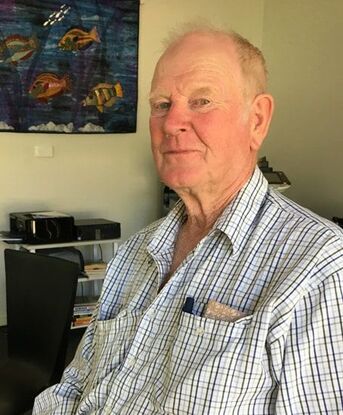 Graeme Hooper thought he would be a dedicated winter cropper on the family farm at Goorambat, but has increasingly dedicated himself to the Southdown sheep breed, his father established in 1928. In that year his 15 year old dad, bought stud Southdown ewes at a Telford sale, to withering comments from other buyers that he was too young to know enough. Nearly a century later, the Hooper's Clear Hills stud, sells towards 100 rams at an annual auction, for an average of better than $1500 each. Some Charollais cross rams, another breed at Clear Hills, maybe becoming Graeme's favourite when crossed with Southdowns, sell for about $2500 each. A telling story for Stock and Land participants was when Graeme said his father was almost imprisoned during WWII, for wanting to join the army. Twice he was rejected, the second time with a warning that if he tried again, he would be incarcerated. The reason: he was a talented shearer and was desperately needed to keep wool flowing into soldier's uniforms. Pioneer John Hooper settled in Goorambat towards the end of the19th century; the latest Hoopers, three grandsons of Graeme's, are the fifth generation there. “Hopefully at least one of those will carry on with the stud sheep,” Graeme said. Commercial Southdowns are at Clear Hills too and the Hoopers sell half lambs, ready to cook, for about $250 each. David Palmer The guest speaker at Stock and Land on Tuesday 7th February from 10am to 12 midday will be Graham Hooper from “Clear Hills Southdowns” sheep stud at Goorambat. The Hooper family have farmed at Goorambat for five generations, since 1928.
David Palmer The critical national shortage of farm harvest labour, was highlighted by our December speaker, strawberry grower Nina Meiers. Nina and partner Andrew grow 15,000 certified organic strawberry plants on raised beds beside Lake Nillahcootie, at Barjarg. But production is enormous and each plant produces 180 to 200 strawberries, with the harvest season starting early last month. However Nina told us, with only three full time pickers, she and Alan could only actually market about 20 per cent of the fruit they produce. But she could not speak highly enough, of their three Pacific Islander employees, who are paid $39 an hour for their work. Nina said if they could attract enough pickers, each acre of strawberry production would enable them to gross about $200,000. Thanks to samples provided by Nina, S&L attendees were able to vouch for the superior quality of what are branded Bimbimbi strawberries. David Palmer
The speaker for 10am next Tuesday, 6th December, is Nina Meiers of Bimbimbi Farm, Barjarg, about 45km south of Benalla and close to Lake Nillhacootie. She and partner Andrew, moved there from Melbourne seven years ago, to grow organic fruit and vegetables using regenerative methods. They are currently picking strawberries and group participants will probably have the opportunity to taste the fruits of their efforts. All welcome!
David Controlling excess water bookended the farming career of our 89 year old October speaker Horst Gunther. An obsession with excess H2O started in his mid-teens farm apprenticeship in northern Germany’s marshy Friesland, where keeping 800mm of annual rainfall under control, with drains and canals, was all important. Fast forward to 1980 when he bought land at Pyramid Hill and flat salty soil had to be periodically flushed and a high saline water table kept under control. An initially blackberry infested 260acre farm near Glenlyon intervened. Two of Horst’s sons continue cropping and grazing on now much enlarged Pyramid Hill farms, where irrigation water was all the go, but is largely now too expensive. But years of laser grading to ensure efficient irrigation and getting water on and off the soil quickly, has paid huge dividends. Saline subsoil water is now more than 2m down the soil profile, Horst said. Horst now greatly enjoys retired life in Violet Town and tutors U3A’s hugely successful advanced German course every first Tuesday.
The Stock and Land group is taking a break on Cup Day on the first Tuesday in November, but will meet again on the 1st Tuesday in December for the final session of the year. . David Palmer John Paul Murphy, a young farmer running a family beef property between Winton and Lurg, spoke to our group in September. He said the 1450 acre farm, owned by the family since 1985 and once owned by Benalla legend Laurie Ledger, carried about 300 head of beef cattle. John Paul said he and his family aimed for the farm to be carbon neutral by 2030 and they had planted trees to cover 10 percent; the aim is for at least 20 percent cover with a 20 to 40m wide tree band around the boundary. He said the farm was an important Winton Wetland tributary and after WW1, had been a series of dairy farms, later consolidated by Laurie. John Paul said he took over management of the farm from his father John in 2017 and said the greatest challenge was in maintaining grass cover. Rotational grazing was essential and this year running 65 bullocks for two days on 12 acres, had worked better in achieving that, than last year running about the same number for the same period on half that area. John Paul Murphy pictured during Pregnancy Testing, late August, 2020 (refer David's story 'I came down with a thud...') David Palmer Farm crime was the focus of Acting Sargent Ross Plattfuss’s talk to the August session of Stock and Land. He is a farm crime liaison officer based in Benalla and at one time a dairy farmer at Blighty near Deniliquin. He much prefers his current job. Ross said four wheel motorbikes were particularly attractive to thieves as were chainsaws and spotlights. Fuel theft was now fairly unusual because more farmers had moved to effectively secure their fuel tanks. At the same time, firearms are regularly stolen from farms. To more generally secure firearms, firearm safes made of thicker steel, had recently become mandatory. Ross came to the meeting wearing his usual 10kg of equipment including a video camera, firearms, radio, pepper spray, handcuffs and body armour. Ross told the group that, in general, Benalla mostly reported fairly low level crimes, like drug taking, family violence and youth crime, particularly involving 14 and 15 year old males.
Victoria Police has produced a brochure outlining security measures farmers should implement. Part of the brochure is a 55 point checklist to work through to minimise rural crime. Our speaker on Tuesday 6 September is John Paul Murphy from ‘Woolleen’,a cattle property at Winton which incorporates some elements of regenerative farming. David Palmer |
About 'Stock and Land'Are you a regular watcher of Landline, a reader of Country News, Stock and Land or The Weekly Times? Did you grow up on a farm, are you still on the farm, are you engaged in agribusiness, or did you downshift into Benalla? Perhaps you studied/taught food and agriculture related courses or worked in an area related to agriculture? Or perhaps, like most of us, you are interested in where food comes from. Meeting Times1st Tuesday of the month 10 am to 12 midday
U3A Meeting Room 1 Convenor Contact DetailsDavid Palmer
M 0408 470 468 Topics/Speakers
All
Useful LinksArchives
April 2024
|

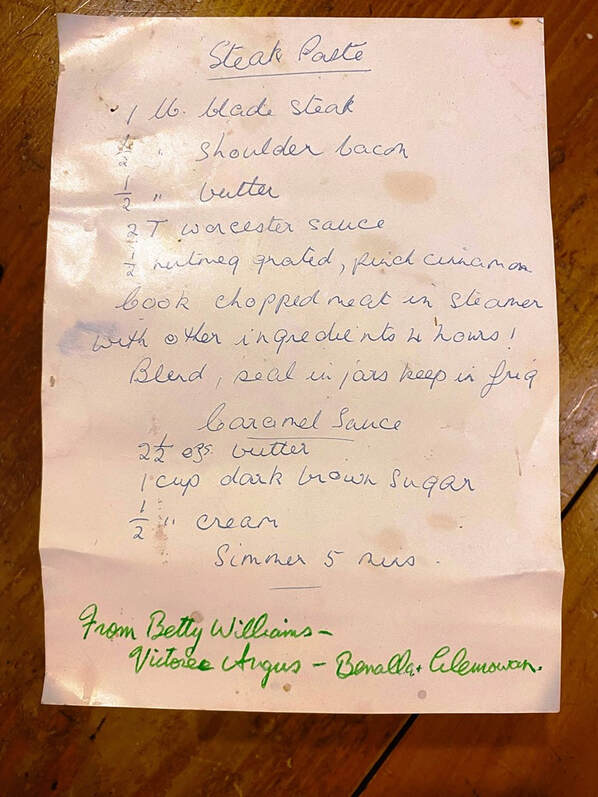
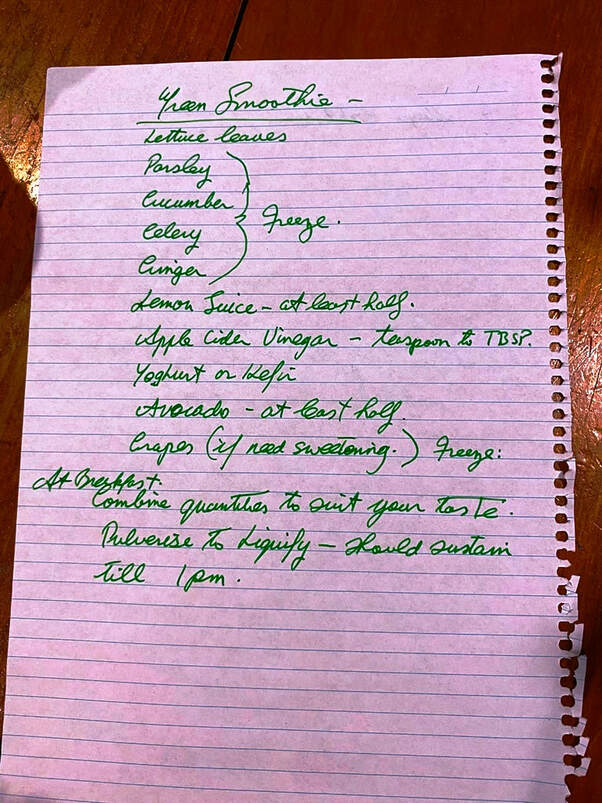
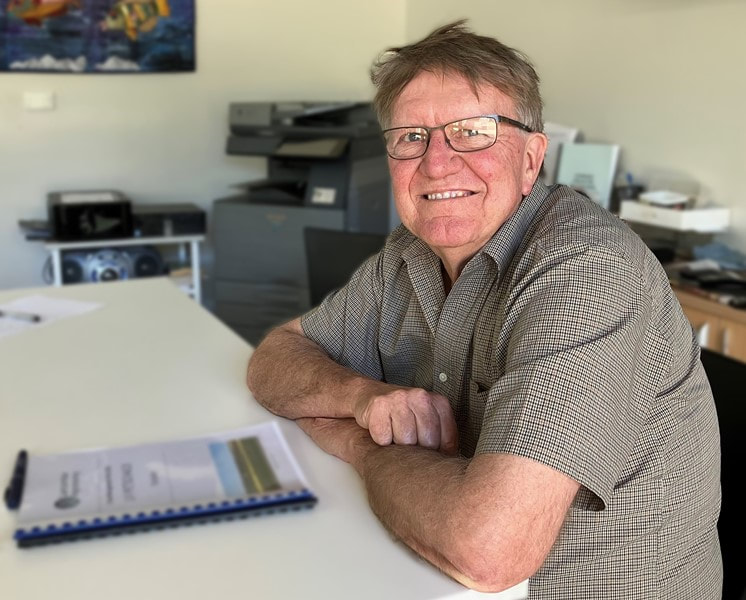
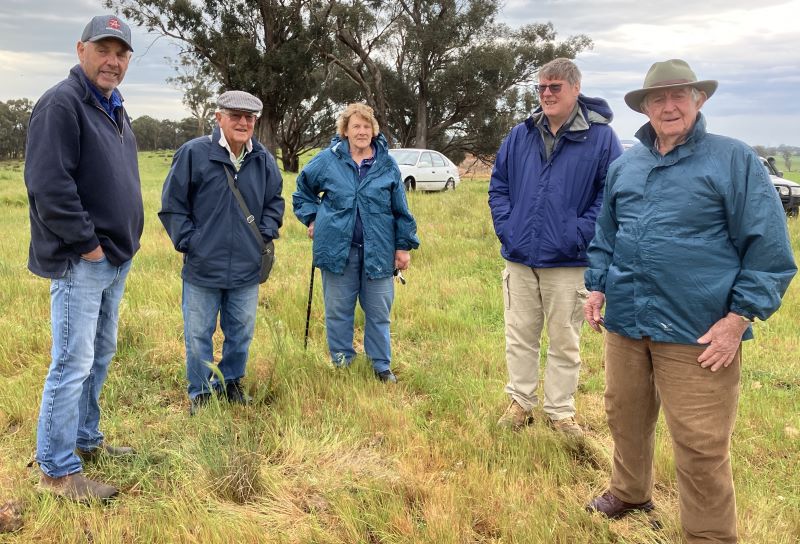
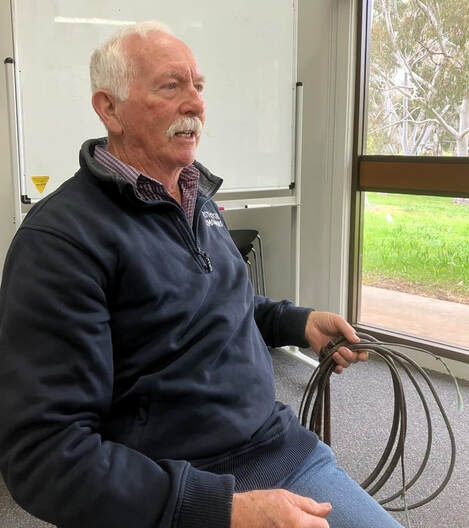
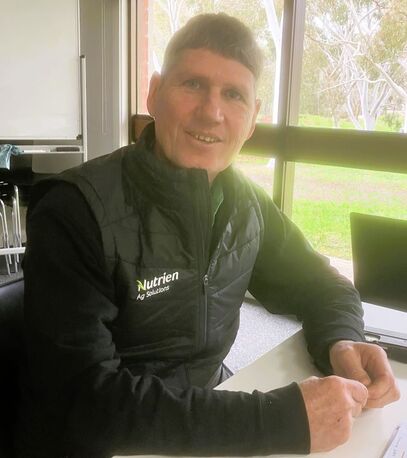
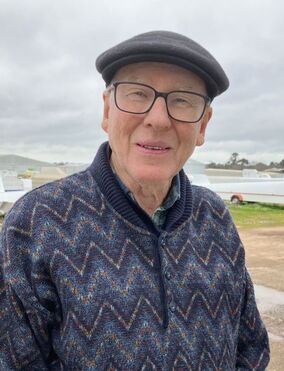
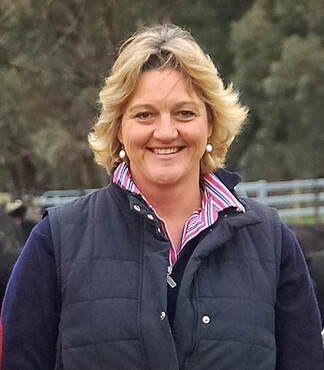
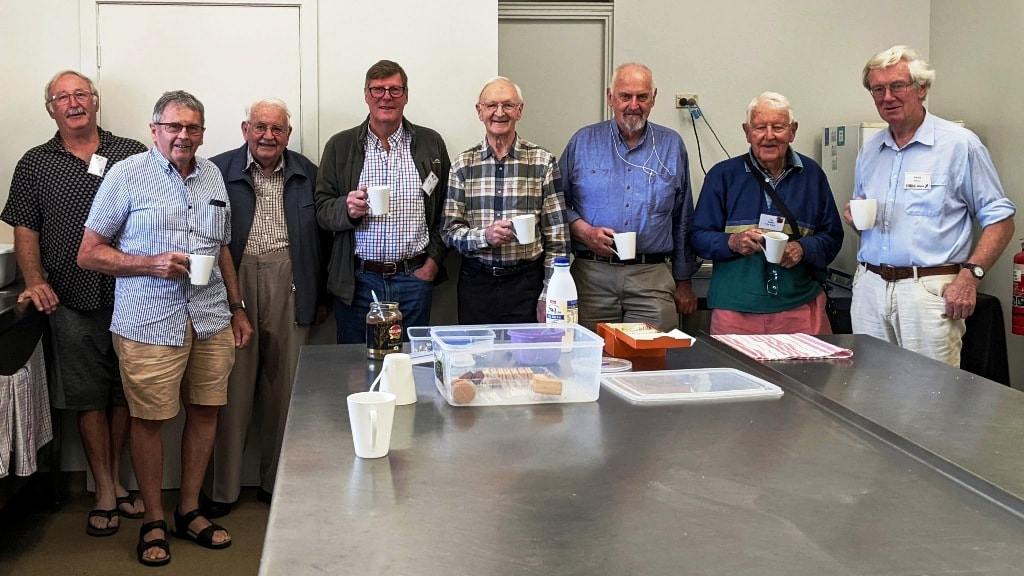
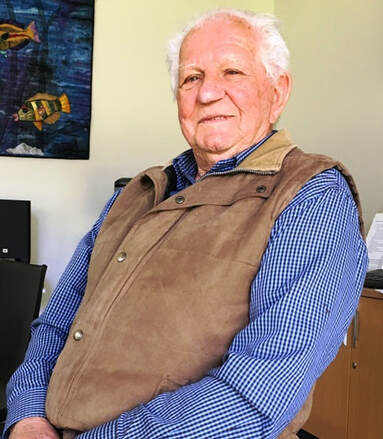
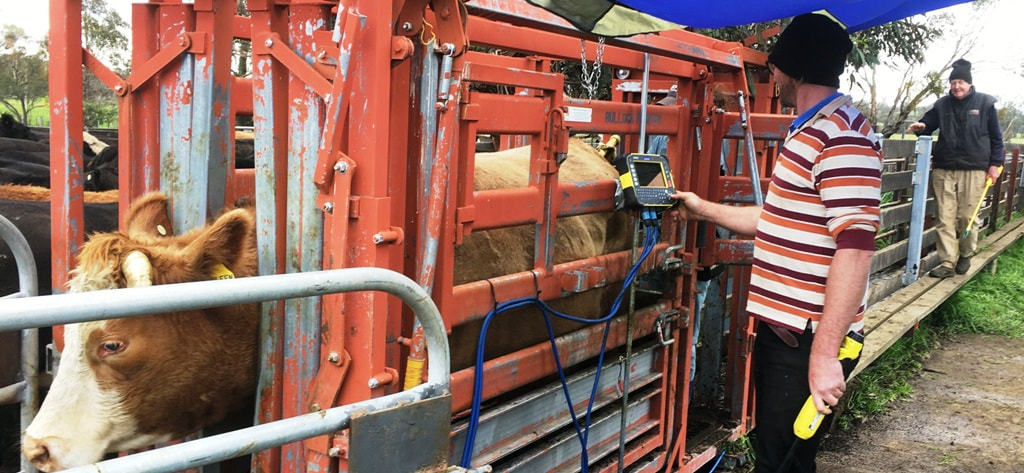
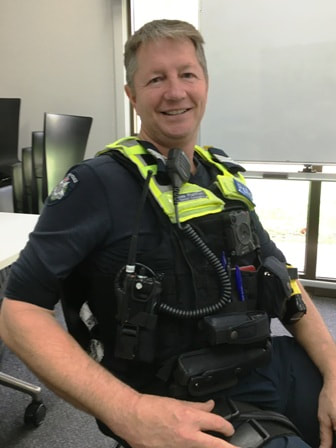
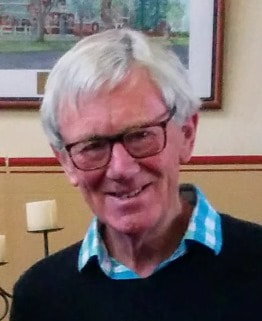
 RSS Feed
RSS Feed
